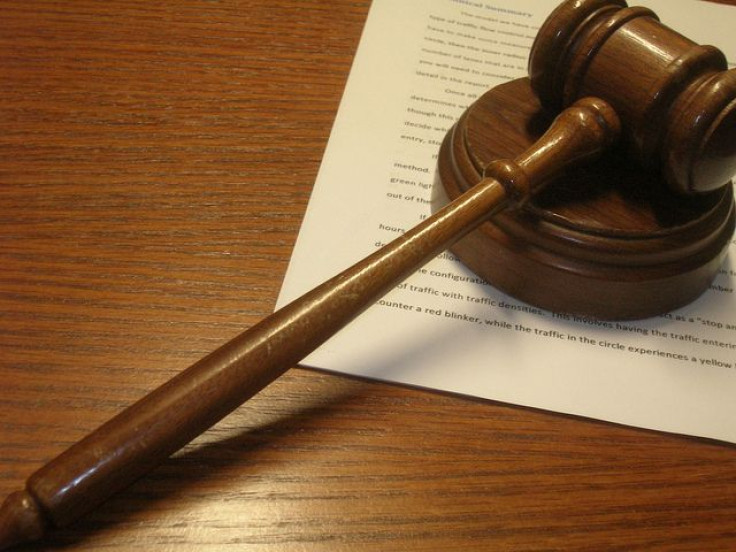In Court Cases, Decisions About A Person's Guilt And Their Punishment Occur In Separate Regions Of The Brain

We calculate guilt and punishment in different regions of our brains, neuroscientists say. A new study offers fresh evidence of this while also showing how an interruption of one process will not interfere with the other. When brain activity in the dorsolateral prefrontal cortex was magnetically altered, participants assigned the same amount of blame to (hypothetical) criminals, yet changed their views about how much punishment these criminals deserved.
The dorsolateral prefrontal cortex, which is situated at the front of the brain, plays a role in working memory, scientists say, while the region also helps us to regulate our behavior. Well-connected to other regions, the dorsolateral prefrontal cortex takes part in executive function, particularly risky and moral decision-making. Unusual activity has been recorded in this region among people who are depressed and those diagnosed with schizophrenia. Importantly, a primary neurotransmitter in the dorsolateral prefrontal cortex is dopamine, the brain’s pleasure juice. Looking to the future, this mysterious brain region has many secrets to reveal.
Experiment
To understand the complexities of the dorsolateral prefrontal cortex and its effects on decision-making, researchers from Vanderbilt University and Harvard University designed an experiment and enlisted the help of 66 volunteers. In a series of cases studies, participants had to decide the guilt and punishment of hypothetical criminals. Each scenario showed the hypothetical criminal as causing a different level of harm (ranging from property loss to grievous injury/death). Additionally, each scenario showed the criminal culpable to a different degree (ranging from fully responsible to not completely). While participants made their decisions, the researchers scanned their brains and tracked neuronal activity.
But, there was one twist.
Half the participants received repetitive transcranial magnetic stimulation (rTMS), focused on an area of the dorsolateral prefrontal cortex, while the other half of participants received a fake version of rTMS (as a placebo). The stimulation briefly altered activity in this brain region.
Observing the participants, the researchers discovered two patterns.
First, the amount of punishment participants deemed appropriate was generally based on both culpability and level of harm. This was true of most participants most of the time.
Second, participants receiving rTMS chose significantly lower punishments for criminals they fully blamed when compared to participants without rTMS. This was particularly true in scenarios resulting in low to moderate harm.
Analyzing the brain scans, the researchers theorized the rTMS interfered with the signals rushing through the dorsolateral prefrontal cortex. Punishing another person requires us to balance two separate streams of information — one stream about harm, the other stream about culpability — the researchers said. The rTMS quite simply interfered with both these streams. And, by disrupting how the dorsolateral prefrontal cortex functioned, the researchers were able to alter how participants used information about harm and culpability when making their punishment decisions.
“Assessing blameworthiness and assigning punishment are cognitively distinct processes,” wrote the authors of the study. Based on their experiment, they believe the dorsolateral prefrontal cortex integrates information streaming in from other parts of the brain and then plays a role in decision-making and norm enforcement.
Source: Buckholtz JW, Martin JW, Treadway MT, et al. From Blame to Punishment: Disrupting Prefrontal Cortex Activity Reveals Norm Enforcement Mechanisms. Neuron. 2015.



























